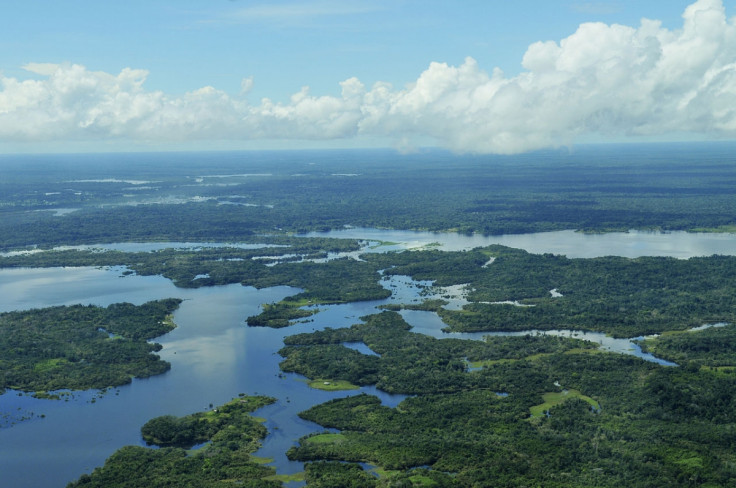Climate Change Led to Growth of Amazon Rainforest 2000 Years Ago

Climate change caused the Amazon Rainforest to grow about 2,000 years ago as wetter conditions allowed it to spread across the Amazon basin, researchers have said.
Experts at the University of Reading were looking at how large parts of the Amazon basin once supported farming communities from about 6,000 years ago.
Current deforestation has led to the discovery of ancient, human-formed earthworks, leading to the belief that people cleared the forest for habitation 2,500 years ago.
However, the researchers have now found evidence that, rather than clearing the forest themselves, the rainforest was at that time a naturally open landscape ideal for growing crops and building vast earthworks.
Published in the Proceedings of the National Academy of Sciences, the team looked at samples of sediments from a remote area of Bolivia taken from various depths and they were able to analyse how the ecosystem had changed over the last six millennia.
Findings suggest that people living in the Amazon between 2,500 and 500 years ago made use of open land already present, rather than clearing the forest themselves.
Study leader John Carson said: "These results were very surprising. We went to Bolivia hoping to find evidence of the kinds of crops being grown by ancient Amerindian groups, and to try to find how much impact they had on the ancient forest.

"What we found was that they were having virtually no effect on the forest, in terms of past deforestation, because it didn't exist there until much later.
"Rather than cutting or burning down huge swathes of jungle, the early Amazonian people simply took advantage of a naturally more open landscape.
"Our analysis shows that they were growing maize and other food crops. They also likely caught fish, and there's evidence from other parts of the Bolivian Amazon for people farming Muscovy ducks and Amazonian river turtles."
The study suggested that the rainforest only began spreading from about 0-500AD, when the climate became wetter. The population was able to remain living there by supressing the spread of the jungle to keep farming areas open.
However, they were largely wiped out by 1500AD when European settlers arrived, bringing disease with them. With their demise, vegetation took over.
"Our findings have serious implications for understanding past climate change, and how the Amazon basin might react to more modern forest clearance," Carson said. "It suggests that Amazonia was neither pristine wilderness, nor has it shown resilience to large-scale deforestation by humans in the past."
© Copyright IBTimes 2025. All rights reserved.






















